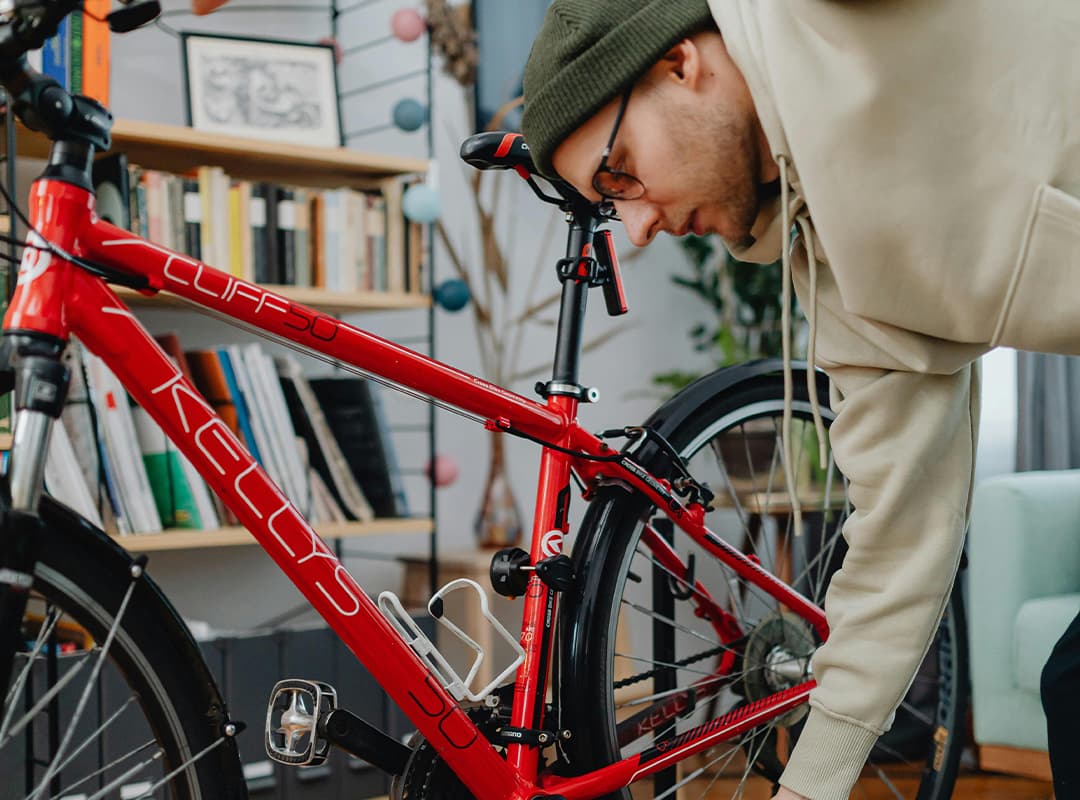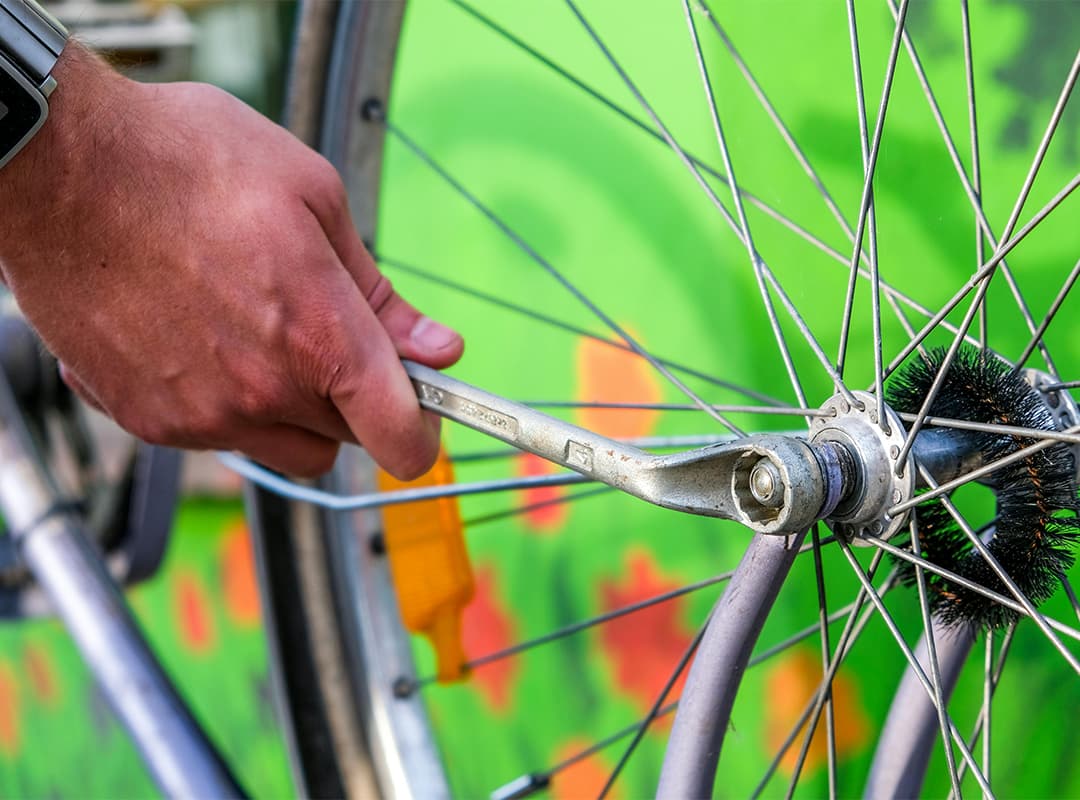Assembling a bicycle can be a rewarding experience, allowing you to customize your ride to fit your unique preferences. Whether you’re a seasoned mechanic or a newcomer to the world of cycling, having the right tools is essential for a smooth and successful build. In this article, we will explore the essential tools you’ll need for bicycle assembly, whether you’re setting up a racing machine or a touring bike.
1. Basic Hand Tools
Allen Wrenches (Hex Keys)
Allen wrenches, or hex keys, are indispensable for most bicycle assembly tasks. They come in various sizes to fit different bolts on your bike. Invest in a quality set, preferably with a ball-end design for better access to hard-to-reach areas. Common sizes include 3mm, 4mm, 5mm, and 6mm.
Screwdrivers
A set of screwdrivers—both flat-head and Phillips—is essential for assembling components like derailleurs, brakes, and various accessories. A multi-tool with integrated screwdrivers can save space in your toolkit.
Pliers and Wrenches
Pliers are useful for gripping, twisting, or cutting various materials. Additionally, having a set of adjustable wrenches or specific bike wrenches can help with the assembly of components like pedals and bottom brackets.
2. Specialized Bicycle Tools
Torque Wrench
When assembling a bicycle, it’s crucial to apply the correct amount of torque to prevent damage to components. A torque wrench allows you to achieve the precise tension needed for bolts, particularly for carbon fiber parts. Look for a torque wrench that has a range suitable for bicycle applications, typically between 3 to 15 Nm.
Chain Tool
A chain tool is essential for working with bicycle chains. It helps you remove and install chain links, making it invaluable when adjusting chain length or replacing the chain altogether. Some chain tools also feature a built-in quick link feature for easy chain connections.
Bottom Bracket Tool
Every bicycle has a bottom bracket that requires specific tools for installation and removal. Depending on your bike’s bottom bracket type (threaded, press-fit, etc.), you’ll need the appropriate bottom bracket tool. Ensure you have the right tool to avoid damaging your bike.
Cassette Tool
If you’re installing a new cassette, a cassette tool will be necessary. This tool allows you to remove and install cassettes securely without damaging the freehub body. Pair it with a chain whip to keep the cassette from spinning while you work.
3. Maintenance Tools
Tire Levers
Flat tires are an inevitable part of cycling, so having a good set of tire levers in your toolkit is crucial. Tire levers help you easily remove tires from the rim without damaging the tube or tire. Look for sturdy, durable options that won’t break under pressure.
Floor Pump with Pressure Gauge
A reliable floor pump is essential for inflating tires to the correct pressure. Choose a pump with a built-in pressure gauge to ensure your tires are inflated to the recommended PSI. This is especially important for touring bikes, where tire pressure impacts ride quality and comfort over long distances.
Cleaning Supplies
Keeping your bike clean is vital for its longevity and performance. Invest in a good bike cleaning kit that includes brushes, biodegradable soap, and microfiber cloths. Regular cleaning helps prevent dirt buildup and keeps your bike looking new.
4. Optional but Helpful Tools
Cable Cutters
If you’re replacing or adjusting brake and shift cables, a pair of cable cutters is highly beneficial. These specialized cutters ensure clean cuts, which are crucial for smooth cable function. A jagged cut can lead to fraying and poor shifting or braking performance.
Work Stand
While not a tool per se, a work stand can greatly enhance your bicycle assembly and maintenance experience. It allows you to hold your bike securely at a comfortable height, making it easier to work on components without straining your back or knees.
Dishing Tool
If you’re building or truing wheels, a dishing tool is invaluable. It helps you ensure that your wheel is properly centered and aligned, which is crucial for optimal performance and safety.
Equipping your workshop with the right tools is key to successfully assembling and maintaining your bicycle. From basic hand tools to specialized equipment, each tool plays a role in creating a reliable and enjoyable ride. Whether you’re setting up a sleek racing bike or a robust touring bike for long adventures, having the right tools at your disposal will make the process smoother and more enjoyable. Happy building, and may your rides be filled with joy and exploration!



